Japanese cuisine is renowned for its diverse range of dishes, each offering a unique blend of flavors, textures, and culinary traditions. Among these, one dish that stands out for its rich and comforting taste is Hayashi Rice. Often considered a fusion of Japanese and Western culinary influences, Hayashi Rice, or “Hayashi Raisu” (ãƒãƒ¤ã‚·ãƒ©ã‚¤ã‚¹) in Japanese, is a popular comfort food that has found a special place in the hearts and palates of many. It’s a dish that brings warmth and nostalgia, often enjoyed during cozy family gatherings and on cold winter nights. Today, let’s find out details about this dish!
What is Hayashi rice?
Hayashi Rice, also known as “Hayashi Raisu” (ãƒãƒ¤ã‚·ãƒ©ã‚¤ã‚¹) in Japanese, is a popular Japanese dish that consists of a flavorful beef stew served over a bed of steamed rice. Many view it as a fusion of Japanese and Western culinary influences. Kodansha defines it as a “Western-style dish featuring thinly sliced beef and onions, stewed in brown sauce, and served over rice.” In fact, restaurants usually use demi-glace sauce and tomato sauce to make a balance of sweet, savory, and tangy flavors. The two points are thinly sliced beef and rice.
There is also a Japanese dish with the name “hashed beef” which is similar to Hayashi rice. However, what is the difference between the two dishes? We are going to talk about it in the next section of this article.
History
Hayashi Rice traces its roots back to the late 19th century (Meiji period), during a period of significant cultural exchange between Japan and the West. As Japan opened its doors to the world, the country eagerly embraced foreign cuisines and incorporated them into its culinary repertoire. It was during this time that Hayashi Rice emerged as a delicious cross-cultural creation. However, there are various theories about the origin of its birth.
The Yuteki Hayashi theory
The first theory proposes that Yuteki Hayashi, the founder of “Maruzen,” a prominent publisher and bookstore, invented Hayashi Rice. Mr. Hayashi was also known as one of the early advocates of modern management in Japan when hereditary positions were prevalent. He dedicated himself to introducing Western culture and academia to a broader audience. It is said that Mr. Hayashi had a hobby of inviting friends to his home and cooking for them, and one of the dishes he served on such occasions is believed to be the precursor to today’s Hayashi Rice.
In addition to this theory, which involves his hospitality to friends, another theory suggests that Mr. Hayashi, who also practiced medicine, created Hayashi Rice as a nutritious meal for malnourished patients.
Emperor’s Cook Theory by Mr. Tokuzo Akiyama
Another theory attributes the invention of Hayashi Rice to Tokuzo Akiyama, who served as the head chef at the Imperial Household Ministry at that time. Initially, Hayashi Rice was exclusively enjoyed within the confines of the Imperial Household Ministry until Mr. Hayashi, a protege of Mr. Akiyama, learned the dish. After that, when Mr. Hayashi assumed the role of head chef at the renowned French restaurant “Ueno Seiyoken” in Ueno, Tokyo, he introduced Hayashi Rice, crafted by Mr. Akiyama, to the restaurant’s menu, thus making it accessible to the general public and widely recognized.
Hashed beef theory
There is an alternative theory suggesting that the dish initially comprised “hashed beef” stewed in demi-glace sauce served alongside rice, referred to as “hashed beef fries,” before evolving into “Hayashi Rice.”
Hayashi Rice and hashed beef bear some similarities, yet their distinctions remain somewhat unclear. One perspective posits that the primary dish prepared with demi-glace sauce is hashed beef, while Hayashi Rice takes on a sweeter note by incorporating tomato sauce and ketchup. However, another viewpoint maintains that these dishes coexist. Both typically feature beef and onions as their core components, but they also offer significant flexibility in terms of additional ingredients, such as mushrooms and vegetables, and the potential substitution of beef with pork or chicken.
FAQ Hayashi rice
- What is the difference between Hayashi rice and hashed beef?
In general, there are various theories, and there seems to be no clear answer.
There isn’t a clear distinction between Hayashi rice and hashed beef, both of which involve thinly sliced beef and onions as key ingredients in their rice-based dishes.It’s believed that Hayashi rice first appeared in Japan during the Meiji period. There are several theories regarding the origin of its name, with many suggesting that it may have been influenced by the pronunciation of the English term “hashed beef,” which is similar.
A 2014 survey by House Foods indicates that many people perceive Hayashi rice as having a sweet tomato sauce flavor, appealing to children, while hashed beef is considered to have a more mature taste, based on demi-glace sauce, catering to adults.
- Have there been any derivation of Hayashi rice recently?
“Omu Hayashi” is a variation of Hayashi rice, blending omelet rice with the flavors of Hayashi rice. This dish features a demi-glace sauce, which is commonly used in Hayashi rice, making it a delightful pairing with ketchup rice and eggs. You can find it on the menus of many restaurants, and it appears to be quietly gaining popularity. One of its appeals is that it allows you to savor both Hayashi rice and omelet rice, two beloved Western dishes, in a single meal.
Recipe
Ingredients
| Ingredients (for 2 servings) | Amount |
| Beef (cut in small pieces) | 200g |
| Salt | 1/4 tsp |
| Mushroom | 1 pack |
| Onion | 300g |
| Butter | 25g |
| Flour | 20g |
| Tomato ketchup | 70g |
| Worcestershire sauce | 1 tbsp |
| Red wine | 100ml |
| Water | 250ml |
How to make Hayashi rice?
Start by peeling and halving the onion. Slice one half thinly and reserve the other half in 7-8 mm thick slices, essential for crafting the sauce’s base flavor.
Slice the beef into small pieces and sprinkle with salt.
In a frying pan, add 1/2 tablespoon of extra virgin olive oil and place it over medium heat. Next, add the thinly sliced onions to the pan.
Stir-fry the onions for 5 to 7 minutes until they turn a golden brown hue. Don’t worry if they get a little bit dark; this will make the sauce richer in color.
Once the meat has browned, move it to one side of the frying pan and add the butter and flour to the other side. When the flour and butter mixture takes on a brown color, it’s referred to as brown roux.
Before the onion has a chance to burn, combine it with the roux and stir-fry together. Then, add the ketchup and continue to stir-fry.
Once the ketchup has been sufficiently heated, pour in the red wine. Bring the red wine to a boil, ensuring it boils thoroughly. Then, add water to dilute and adjust the consistency as needed.
Add Worcestershire sauce for a rich, slow-cooked flavor. If there is no Worcestershire sauce, use medium-thick or tonkatsu sauce as a substitute.
Heat a frying pan with 1/2 tablespoon of olive oil over high heat.
Cook thinly sliced meat until it’s slightly crispy and browned. This adds flavor and color to the sauce.
Add the grilled meat to the sauce.
In the same frying pan, sauté onions and thinly sliced mushrooms over medium heat until they turn a savory brown color.
Transfer them to the sauce pot and cook over medium heat.
Once it boils, reduce the heat to low and simmer gently for 2-3 minutes. Finish with a pinch of black pepper.
Serve it over freshly cooked rice. Itadakimasu!
Where to enjoy delicious Hayashi rice?
M&C Cafe Marunouchi Oazo (M&C Café 丸ã®å†…店)
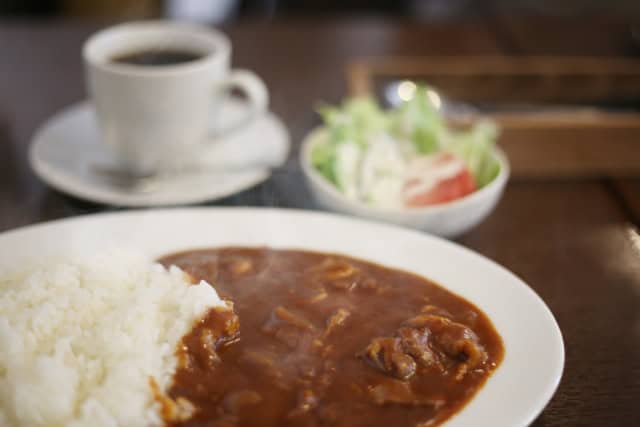
Located on the 4th floor of Marunouchi Oazo in Tokyo, “M&C Cafe” is a delightful eatery born from a collaboration with “Maruzen.” They serve the renowned “original Hayaishi Rice,” attributed to Mr. Shiyaku Haya, Maruzen’s founder. Their menu shines with the “Pork Hayashi Rice,” a delicious blend of rich demi-glace sauce and tangy tomatoes, just right in portion size, especially favored by women. For those seeking something different, try the “Hayaashi Omelet Rice,” a beloved choice among patrons. In this guide, we’ll explore M&C Cafe’s Hayashi rice offerings, catering to both traditionalists and those looking for inventive flavors in the heart of Tokyo.
Christmas Tei (クリスマスäº)
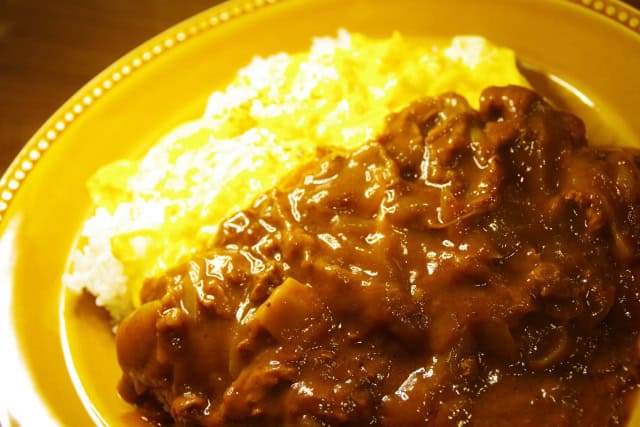
“Christmas Tei,” just a 5-minute stroll from Nishichofu Station on the Keio Line, is a cozy Western-style eatery boasting a nostalgic American ambiance. At this charming restaurant, savor the popular “Tokyo Hayashi Rice,” simmered to perfection, offering two delightful choices: one with a luscious sweetness and another with a spicy kick from 15 aromatic spices. Dive into the rich, flavorful experience it promises. Alternatively, relish the unique “Omu Hayashi Rice,” featuring the signature Hayashi sauce, where you’re invited to break the omelet just before savoring, preserving its fluffy texture until the last bite!
Yokohama-ya (横濱屋)
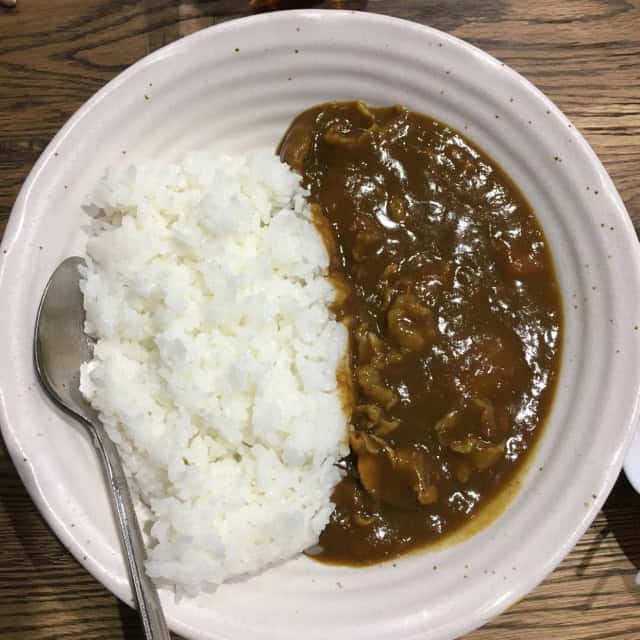
Yokohamaya, a coffee shop just a short 5-minute walk from Kamiyacho Station and conveniently close to Tokyo Tower, has a rich history as a favorite haunt of writer Shotaro Ikenami. You’ll find it nestled below street level, accessed via a small entrance. The star of their lunch menu is the beloved “homemade hayashi rice,” boasting a velvety roux with a full-bodied flavor, a harmonious blend of richness and subtle acidity, complete with delightful coffee and dessert. Don’t miss their popular “Tart Tatin,” a mouthwatering treat that perfectly balances the natural sweetness of apples and a crispy pie crust. Keep an eye out for the signboard outside when it’s baking – a true treat for your taste buds awaits inside!
Grill F (グリルエフ)
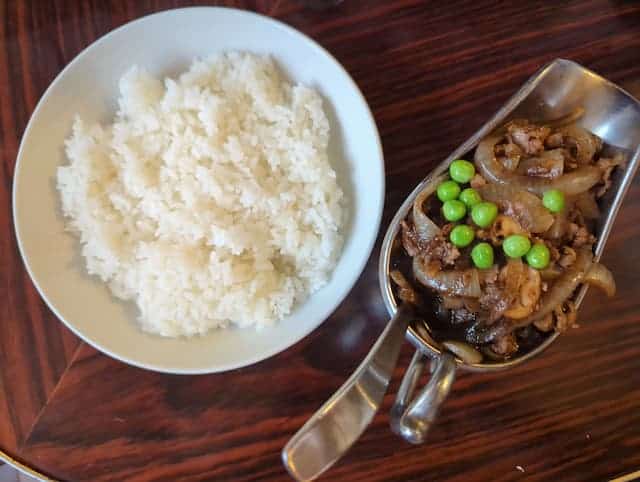
Nestled in a quaint retro brick building tucked away in a Gotanda Station back alley stands “Grill F,” a venerable Western-style eatery dating back to 1950. The first floor boasts traditional table seating, while the second floor offers a unique experience with tatami mats. Among their array of Western delights, the unassuming “Hayashi Rice” steals the spotlight, though it’s not officially listed on the menu. When ordered, it arrives sizzling in a pot, a hallmark of this dish. Notably, the secret lies in the later addition and swift sautéing of onions, ensuring a delightful crispy texture and a taste that harkens back to the Showa era, evoking a sense of nostalgia.
Takeaway
To conclude, Hayashi Rice is a delicious and comforting dish that has captured the hearts of many. Its rich and savory flavors, combined with tender beef and a tomato-based sauce, make it a favorite in both Japan and around the world. This article explored the origins and key ingredients of Hayashi Rice, as well as restaurants to enjoy delicious Hayashi rice. So, next time you’re craving a warm and satisfying meal, consider trying making Hayashi Rice using our recommended recipe!
If you like Japanese rice dishes, explore more articles below!

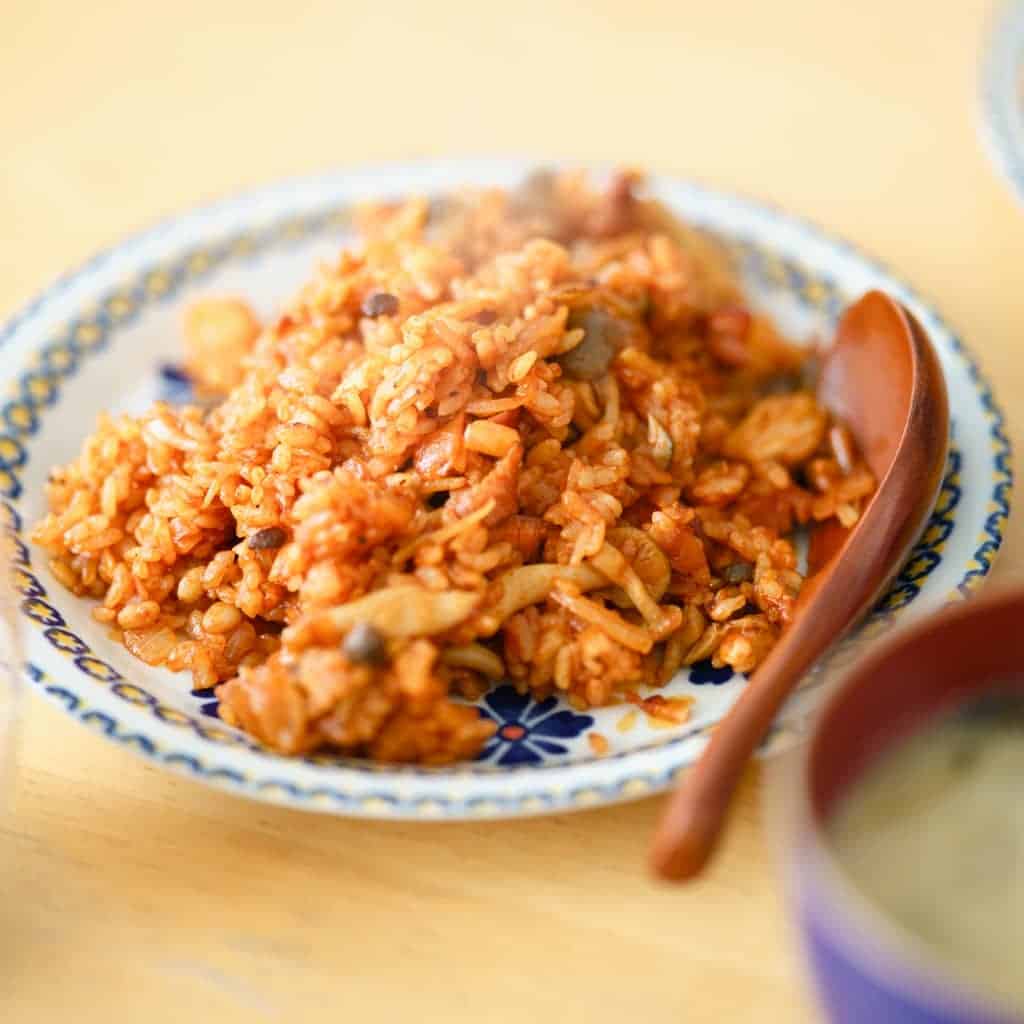
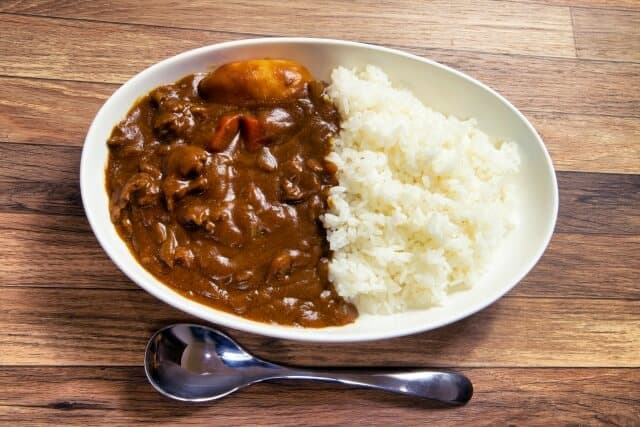
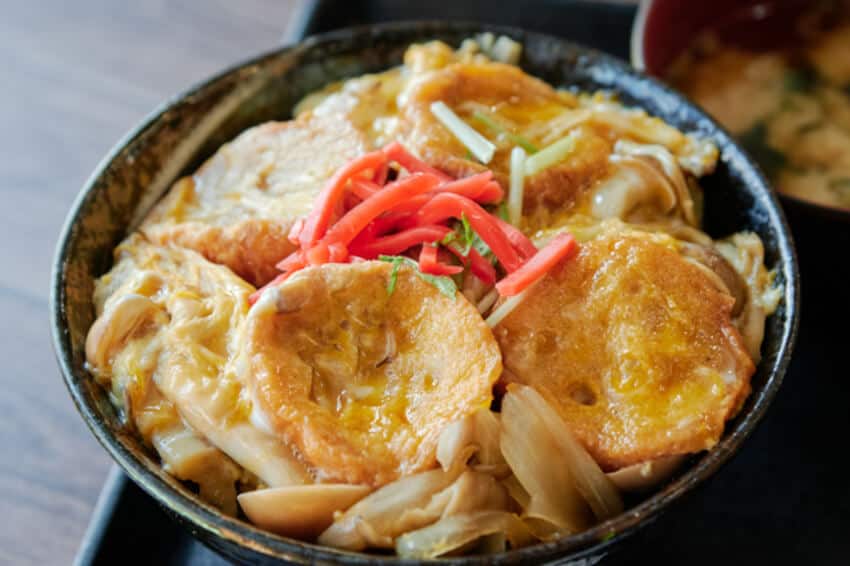
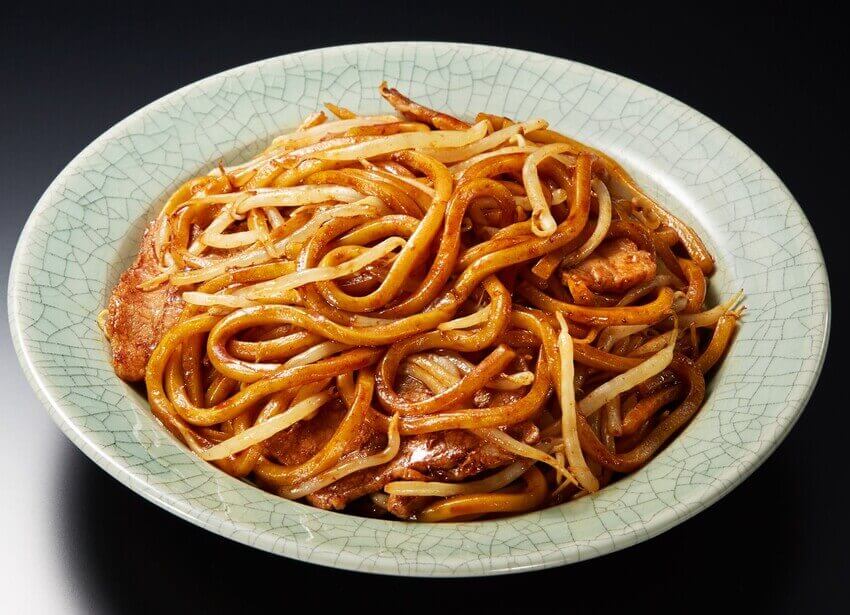




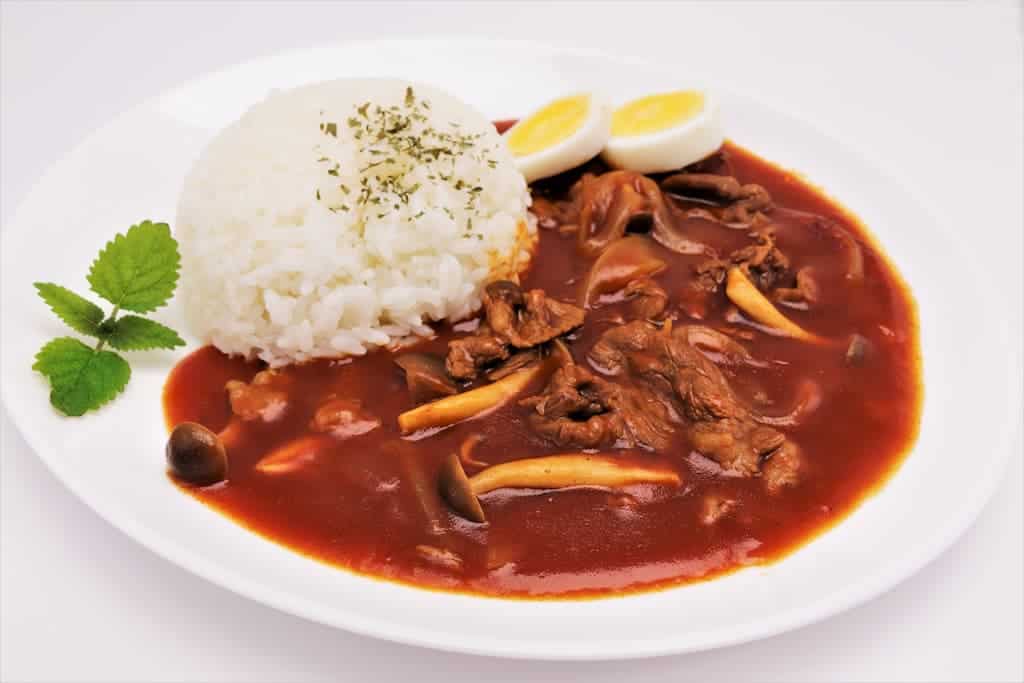
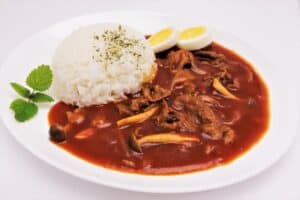

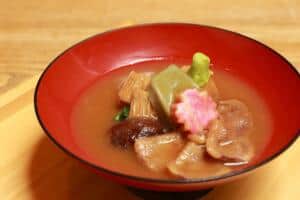
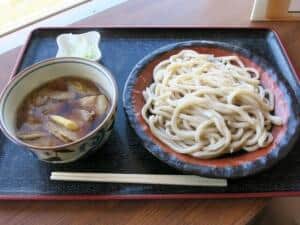
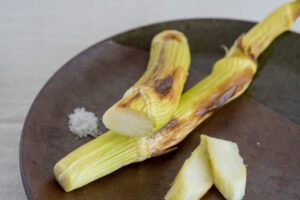
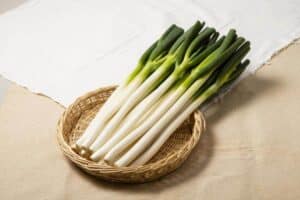
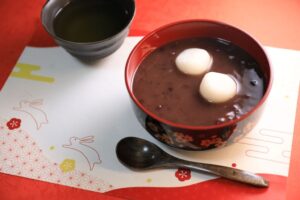

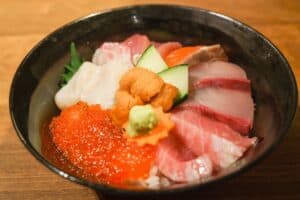
Comments